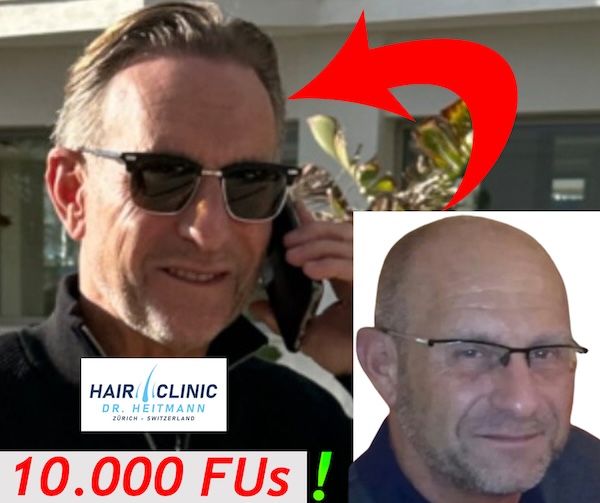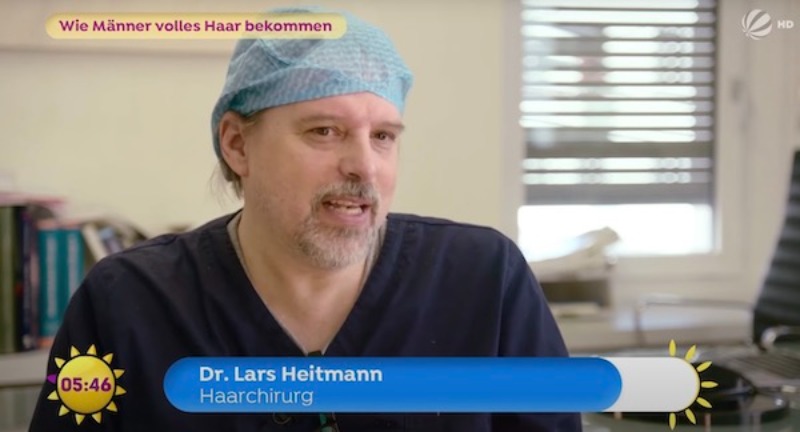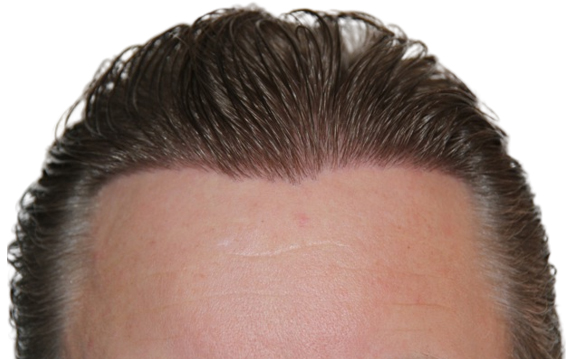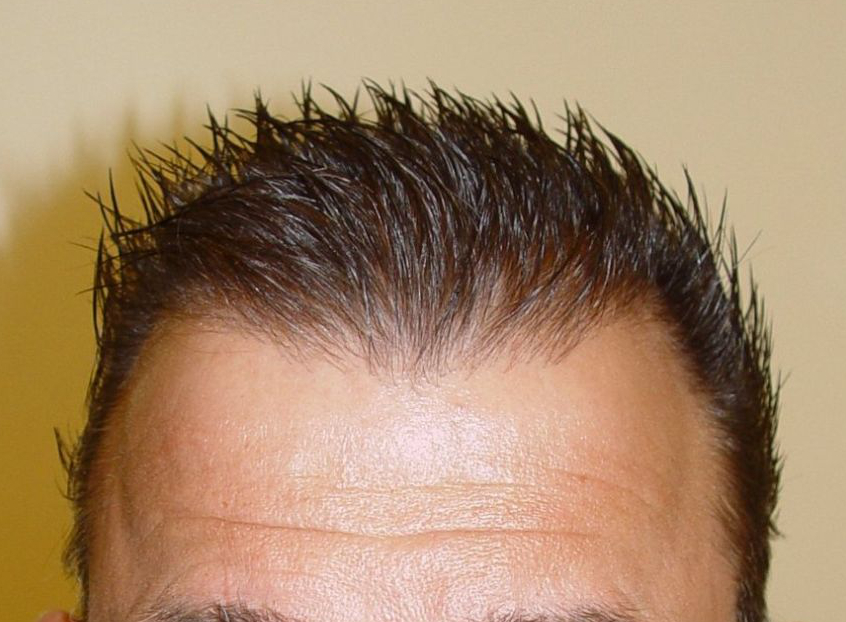Designing a natural hairline through hair transplantation

The human face is largely determined by the hairline, which is also called the forehead-hairline border. Along with the shape of the eyes, nose, chin and lips, the hairline plays an often underestimated role in the overall impression of the face. However, its relationship to the shape of the chin determines whether the face is considered round, oval, square or triangular. By modelling the hairline, one can therefore achieve interesting results, since the respective face shape is often connected in people's minds with very concrete character characteristics, such as the expression of will, sensitivity or hardness.
Therefore, a hairline that gradually recedes is a great change in visual impression and sense of personality. It is correspondingly impressive when the old line is restored or a completely new, yet natural-looking line is created.
This must be done very carefully, because if there is even a slight difference, the hairline can already be considered artificial and not beautiful. An absolutely natural impression must be created. And it can happen quickly if, for example, transplants with two hair roots (double hair grafts) are inserted. This causes the so-called "doll's hair effect". But also wrongly chosen distances between the grafts can destroy the overall impression.
If the hairline does not look natural, this is more than just annoying. It is a disaster in two respects:
- On the one hand, it is immediately noticeable due to its exposed position on the face and can only be hidden with great effort. Since nothing changes about it either, the psychological pressure sometimes becomes even greater than it was due to the hair loss.
- On the other hand, it is very complicated to correct an artificial hairline. You have to be prepared for a long time and several treatment sessions.
Therefore, for the natural look of the result, the experience and care of the treating doctor is of utmost importance. Not only does he or she need to have the necessary skills, but he or she must also have a strong aesthetic sense.
One must always orientate oneself on nature. If one imitates this, then various aspects inevitably follow, which must not be ignored under any circumstances during the treatment. Examples are:
Creation of a no-hairline hairline
In nature, the hairline is not just a straight line, but on the contrary a zone where individual fine hairs merge into a dense hair growth that begins only a few millimetres behind it. In the best case, this forms a gentle contrast between the hairless forehead and the scalp covered by hair.
Rule of thumb: Irregularity
Of great importance in shaping the natural-looking hairline is the constant explicit irregularity in all variations. Thus, the hairline winds irregularly and forms an uneven line. There are places of different densities next to each other. But also the individual hairs in the front area are arranged very unevenly to each other. This happens absolutely asymmetrically and with different distances.
Matching growth direction
The transplanted hairs must grow in the same direction as they originally did. Therefore, it is important to follow the remaining hairs, even if they are only present as so-called fuzz hair. The penetration angle of the instrument is therefore of great importance when creating the recipient slits.
Three more examples of transplanted hairlines



Click here for Contact






